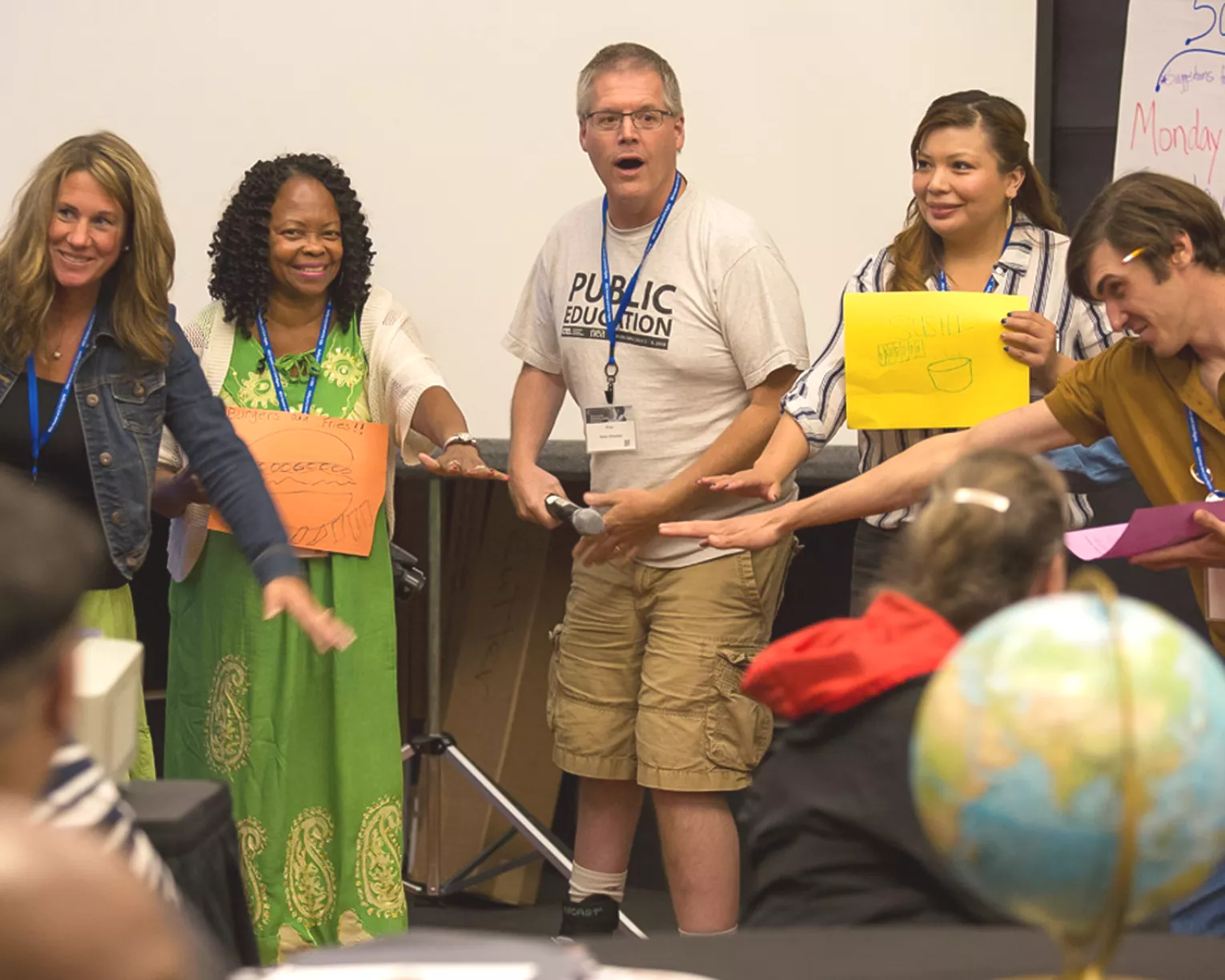Background
Republished here courtesy of RaceForward and Annie E. Casey Foundation Race Matters Toolkit.
Research by Frameworks Institute shows that the way most people think about race is to focus on individuals rather than systems or structures. In particular, the dominant model of thinking about “race” in the U.S. has the following inter-related
elements:
- The U.S. has made considerable progress around race, and, if government now favors anyone, it is African Americans (and people of color more generally).
- Individuals are “self-making.” That is, what they accomplish is entirely a matter of their own will and desire.
- To the extent that racial inequality exists, then, it is a by-product of the inability/unwillingness of individuals to properly adhere to basic American values like hard-work and personal responsibility.
Yet data and analysis give us quite a different understanding that calls this dominant model of thinking about race into question. Disparities are widespread, and they are produced to a great degree by policies, programs, and practices. This doesn’t negate the need for individual effort. But the existence of racial inequities embedded in policies,
programs, and practices means that significant barriers exist to achieving the same outcomes across racial groups, even with the same level of effort.
Racial Justice in Education Links
Are you an affiliate?

